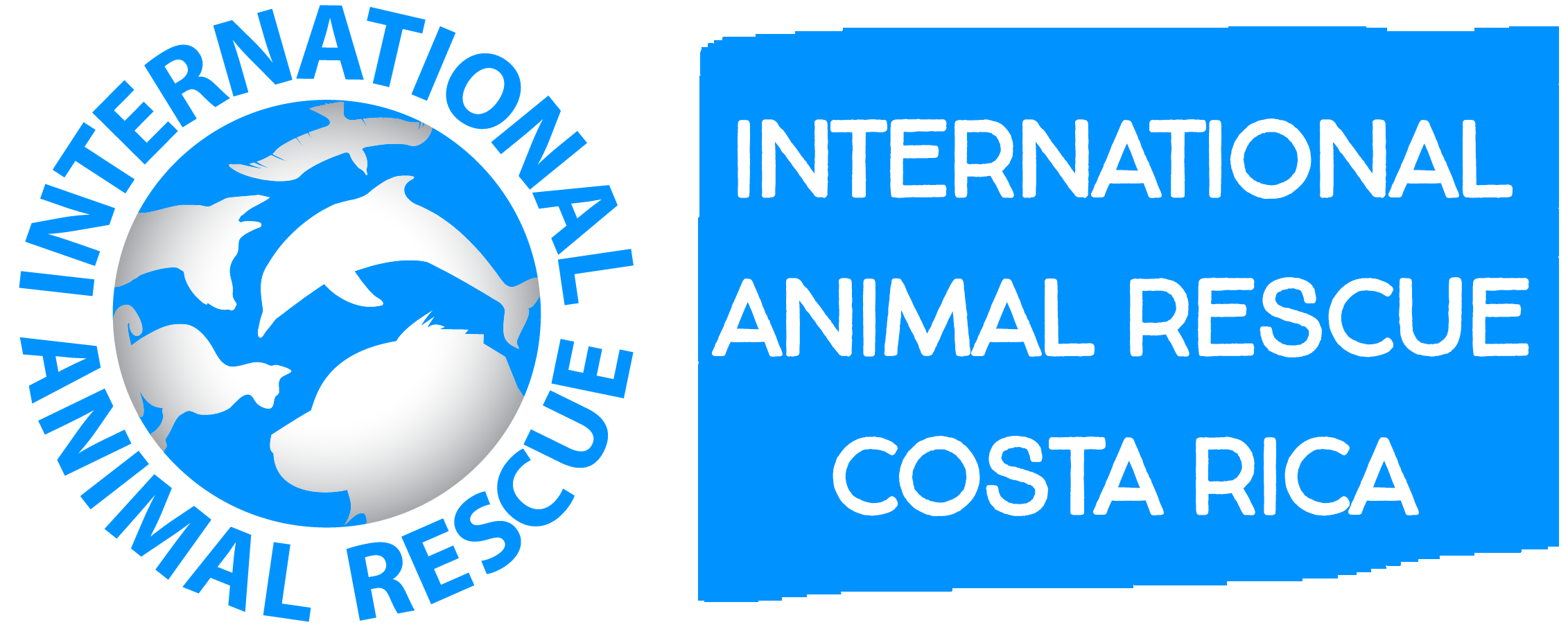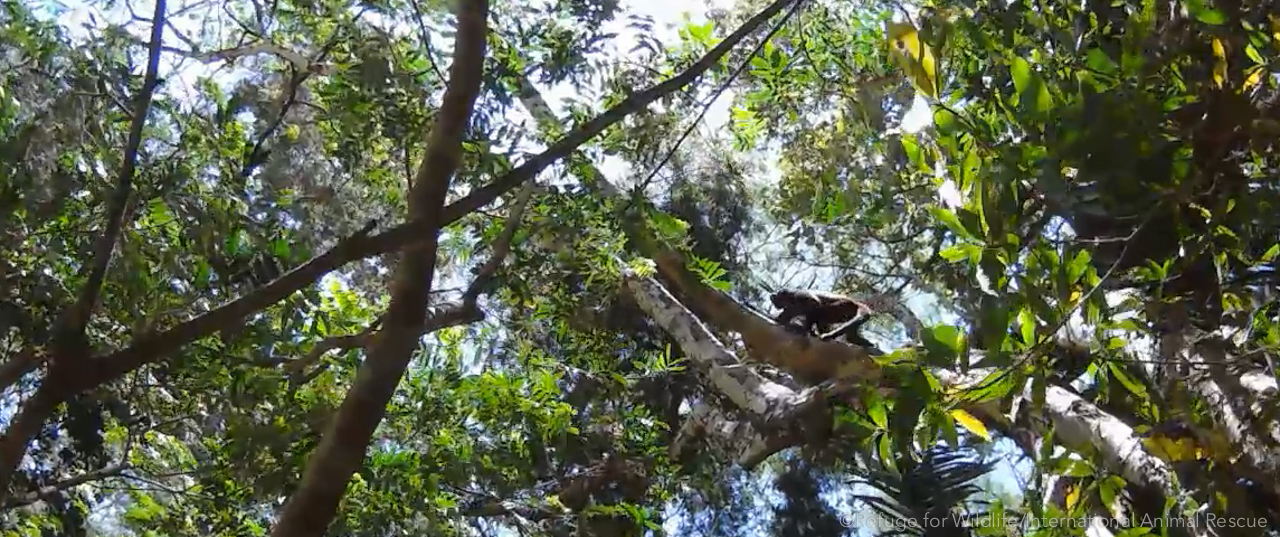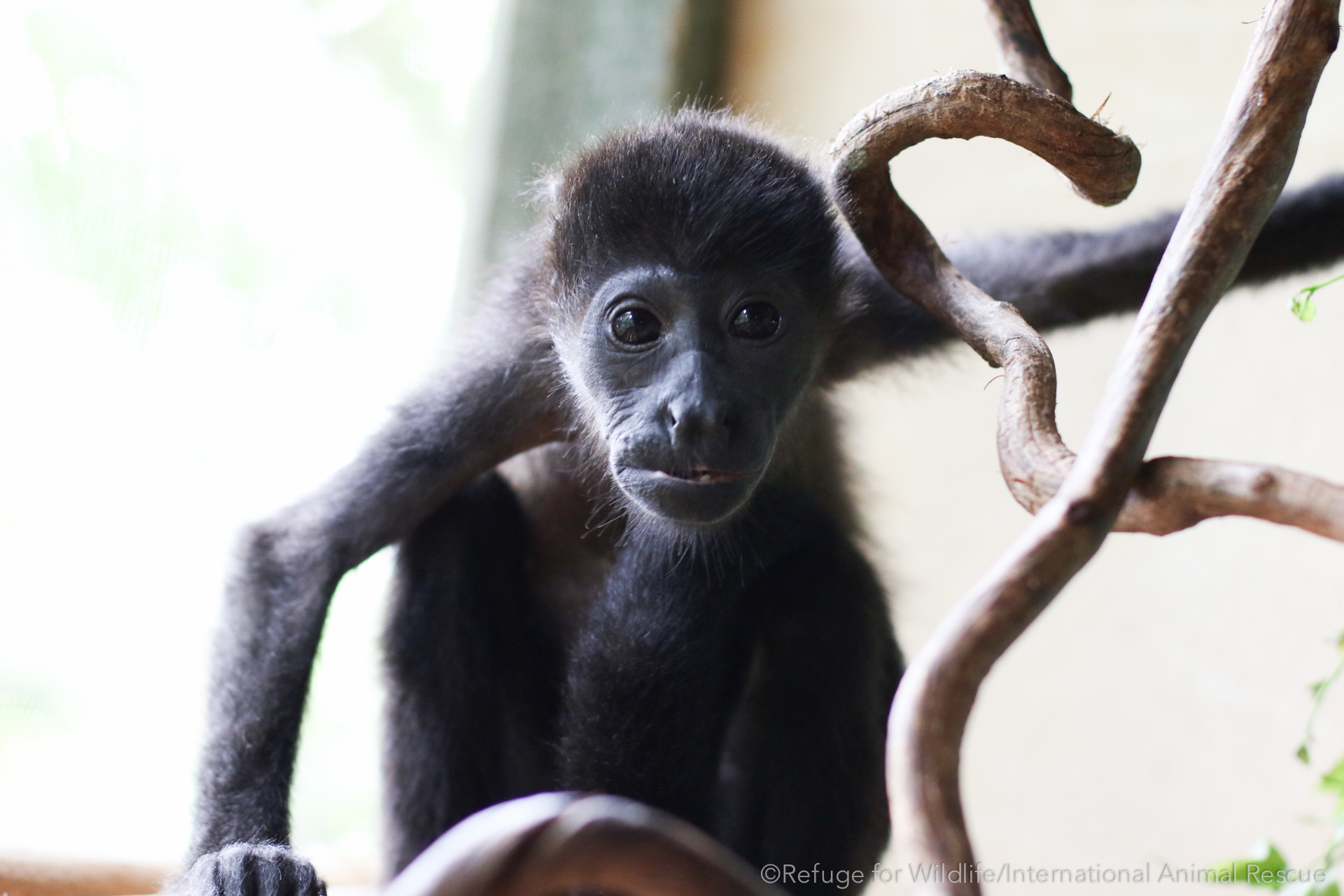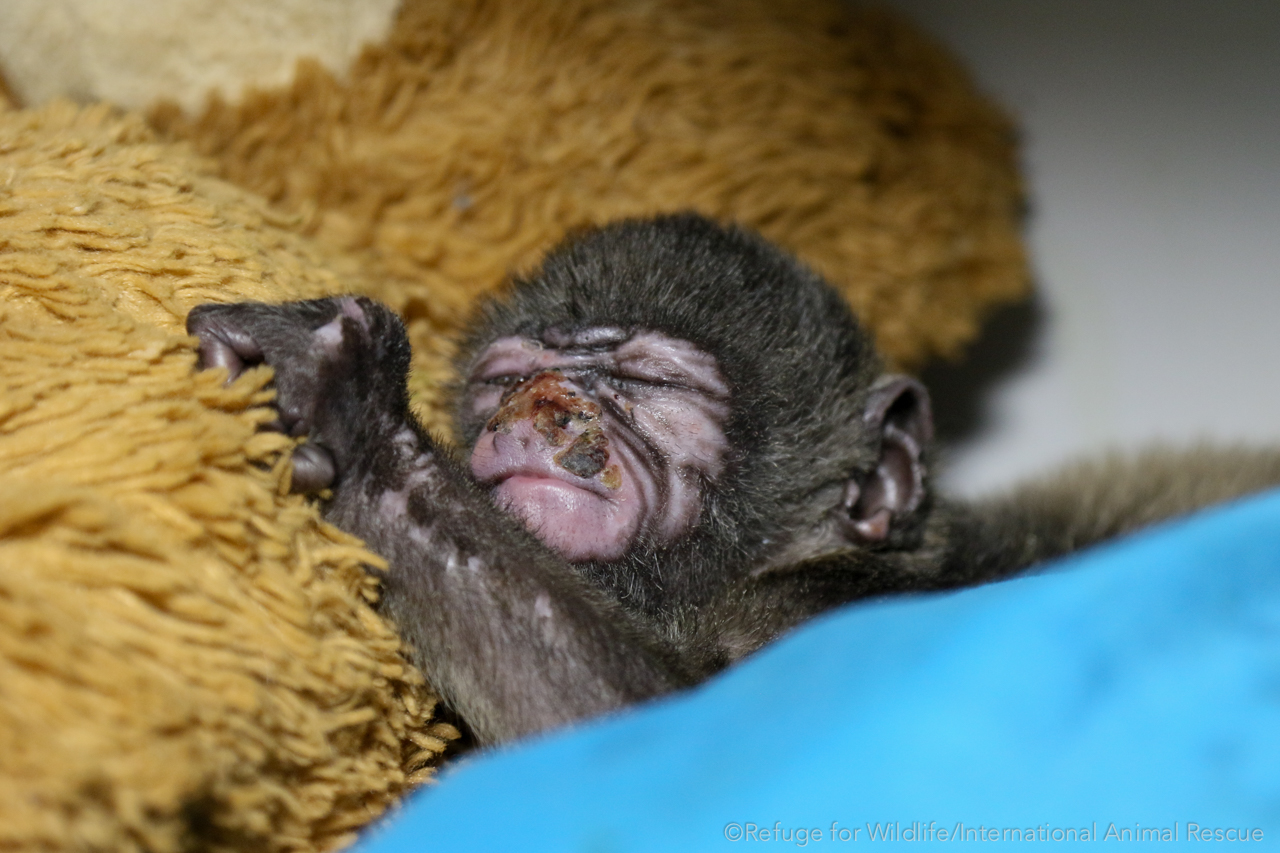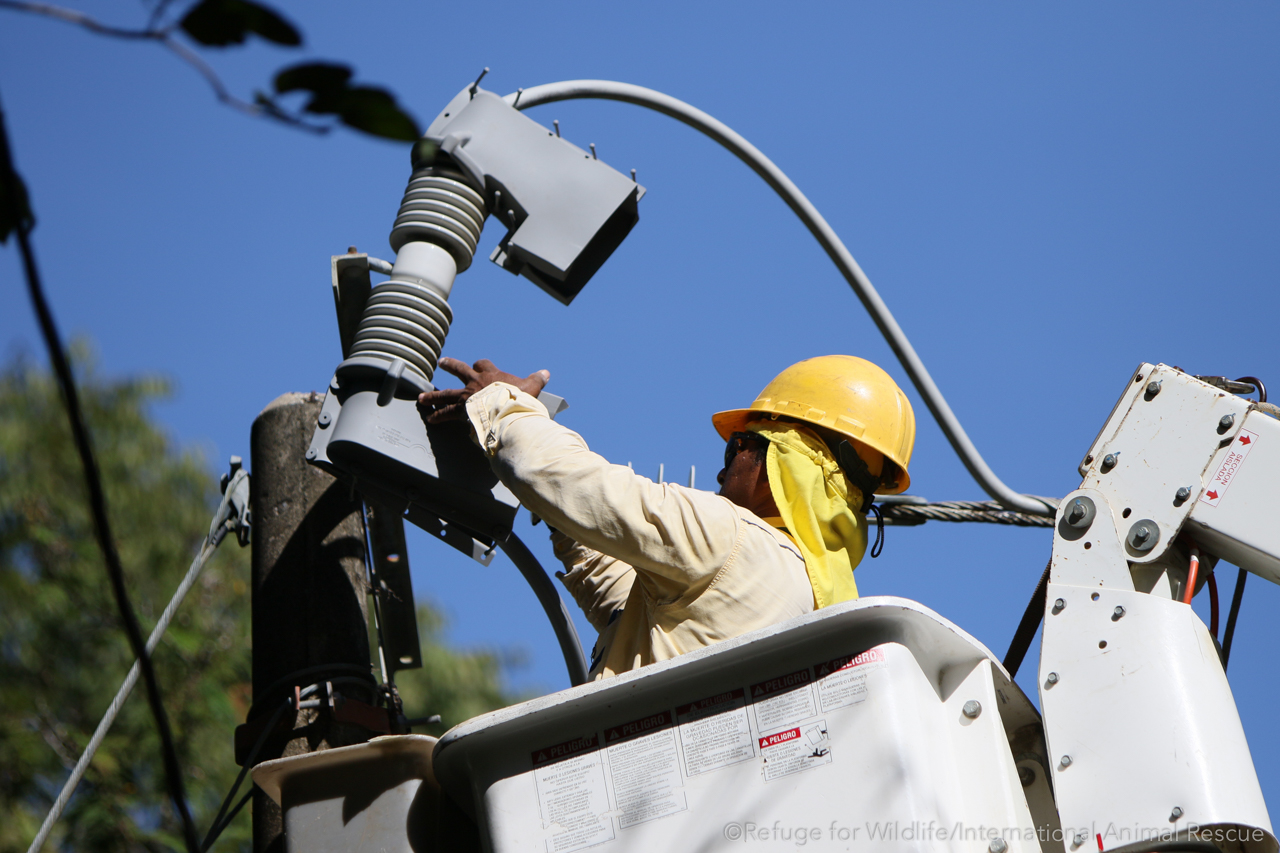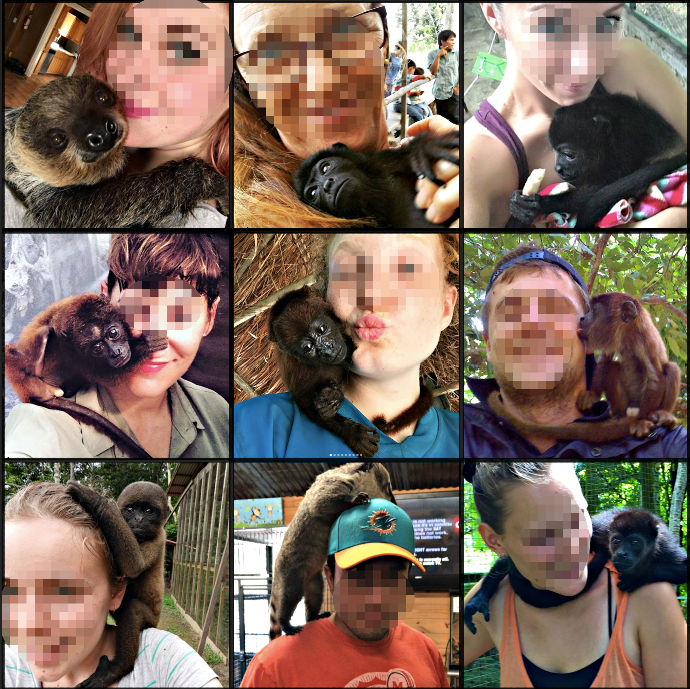
Wildlife Selfies
Change is Coming
Thankfully, the world has recently seen a change of attitude when it comes to tourism and wildlife. Due to many recent investigations exposing wildlife cruelty at centers where tourists can have a wildlife encounter, people are now more aware of the consequences of their actions. That’s not to say that it’s still not happening, but people are now realizing the extreme negative effects that paying for a cuddle with a baby tiger or swimming with a dolphin has on wildlife.
This was reported by the non-governmental organization, World Animal Protection who says that “Many of the animals who tourists take photos with are stolen from their natural habitats. They are kept in cramped conditions and passed around from tourist to tourist, causing extreme stress.”
 Instagram has recently acknowledged the growing problem of wildlife selfies on their app and how those images promote harm and cruelty towards animals. Instagram has installed a new feature that alerts users to the harm associated with these types of images.
Instagram has recently acknowledged the growing problem of wildlife selfies on their app and how those images promote harm and cruelty towards animals. Instagram has installed a new feature that alerts users to the harm associated with these types of images.
According to La Nación, Costa Rica is 7th on a worldwide list of countries where wildlife selfies could be contributing to wildlife abuse. In response to the increase of wildlife selfies by volunteers, Costa Rica has recently passed a law (Reglamento a la Ley de Conservación de Vida Silvestre, Costa Rica, 2017) that only allows professional staff handle wildlife at rescue centers. Unfortunately, it is very common for volunteers to come to rescue centers with the sole purpose of getting a photo with an exotic animal and this has contributed to the problem. Rescue centers should never promote the exotic pet trade by posting images of humans with wildlife.
Tourists and Selfies

The world is now waking up to the fact that paying for a photo with a baby animal is usually the result of that animal being forcefully taken from the wild, sometimes killing its mother, and then making that infant live in cramped, unsuitable conditions while being trained to pose for photographs with tourists.
Many people dream of a magical wildlife encounter. And for most, that experience ends up being one of the best days of their life. That is until they learn how that animal is being treated. Wild animals become stressed, get illness and diseases from being handled by tourists, and end up with extreme psychological issues which mean they can NEVER be returned to the wild.
So…what do you think? Is that selfie worth it?
Volunteers and Selfies

Many volunteers think that because they’re allowed to get close to rescued wildlife that it’s OK to take selfies to show-off on social media. I mean, the animal isn’t being harmed – you’re just volunteering and want a cute selfie to show all your friends how great you are with animals and how much you’re doing to save them. There’s no harm in that, right? Wrong.
What is your wildlife selfie REALLY saying?
Posting a selfie of yourself working with a wild animal doesn’t say what you think it does. You think you’re just showing your friends what a great experience you’ve had volunteering, but really it’s showing people how incredibly adorable monkeys/sloths/coatis are and how cool it would be to have one as a pet. Yes, you’re promoting the illegal exotic pet trade and harmful tourist selfies. Have a look online of a photo of a volunteer handling baby money and then look at how many comments say, “I  want a pet monkey!” or “I want to hold a monkey!”. That’s what your selfie is really promoting.
want a pet monkey!” or “I want to hold a monkey!”. That’s what your selfie is really promoting.
Many volunteers are disappointed to discover that at IAR CR we do not allow our staff or volunteers to take photos or use their phone while inside the rescue center. Not only do we want 100% of the focus to be on the wildlife while on duty (and not on social media), but we also want to make sure that no one is taking selfies with wildlife and promoting exactly what we are fighting.
Why are you taking the photo?
Do you want to take the selfie to remember the experience of a lifetime working with wild animals? Or are you more focused on how you’re going to promote yourself online as an animal savior? Do you just want more “likes” or have you taken the photo to privately treasure in your old age to remember the great adventures you had in your life? If the driving force behind wanting to volunteer is so that you can get a selfie with a wild animal and post it on social media, then you really need to consider NOT volunteering.
Did you know that Costa Rican government guidelines from the Ministerio de Ambiente y Energía do not allow wildlife selfies of any kind? In fact, they prefer it if there are absolutely no humans whatsoever in images used to promote wildlife rescue centers. These rules are strict and they are in place for a reason – to protect our wildlife.
Leave Humans Out of it

When you’re visiting a rescue center or volunteering, please DO promote the work that’s being done. Go ahead and share what you’ve learned on social media, just ditch the selfies. You don’t need to have a selfie holding a baby monkey to help save them. It is preferable to post images of wild animals that are actually in the wild, behaving naturally and not interacting with humans. Posting a wildlife selfie is not worth the abuse it causes.

